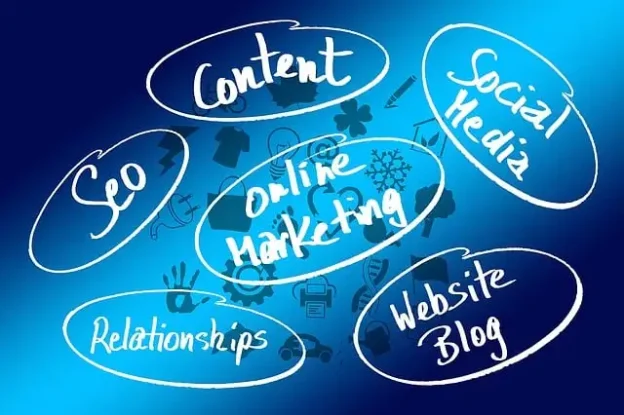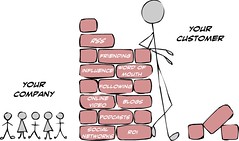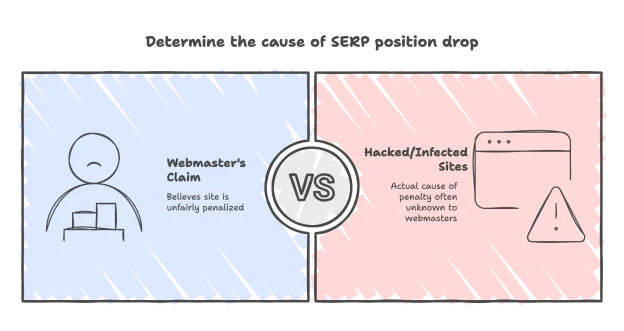In the weeks following Facebook’s IPO, the Zuckerberg-led social network faced intense scrutiny. Many people expressed doubts about the financial viability of Facebook’s revenue model. This was especially true regarding its advertising service. For example, GM pulled their Facebook marketing campaign.
Additionally, the music industry e-commerce startup Limited Run made an impact. They claimed that 80% of the clicks for their ads were (details omitted). Whether that complaint is accurate is still a matter of debate. Furthermore, a study from the Advertising Research Council made a claim. It stated that “blank” ads with no content were performing only 0.1% less well than regular ads.
While this news is not good for Facebook’s future revenue, and businesses should think hard before spending their advertising budgets on Facebook’s paid ad platform, the real value of Facebook and social media generally was never through paid ads anyway











